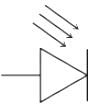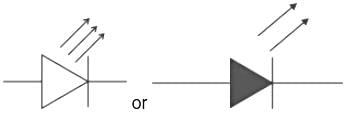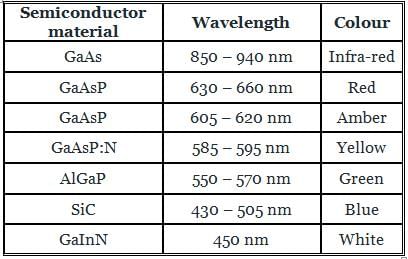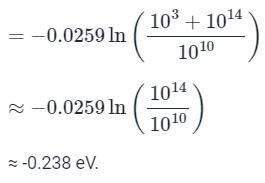Test: Light Emitting Diodes - Electronics and Communication Engineering (ECE) MCQ
10 Questions MCQ Test GATE ECE (Electronics) Mock Test Series 2026 - Test: Light Emitting Diodes
Which of the following semiconductor compound is not used in the construction of Light Emitting Diodes?
Red (R), Green (G) and Blue (B) Light Emitting Diodes (LEDs) were fabricated using p-n junctions of three different inorganic semiconductors having different band-gaps. The built-in voltages of red, green and blue diodes are VR, VG and VB, respectively. Assume donor and acceptor doping to be the same (NA and ND, respectively) in the p and n sides of all the three diodes.
Which one of the following relationships about the built-in voltages is TRUE?
If the speed of light in air is represented by e and the speed in a medium is u, then the refractive index of the medium can be calculated using the formula_______.
Which of the following statements about LED is INCORRECT?
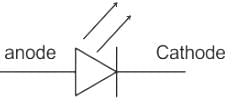
Identify the diode for which the above symbol is used.
What value of a series resistor is required to limit the current through an LED to 20 mA with a forward voltage drop of 2.0 V, when connected to a 10-V supply?
An n type silicon sample with donor doping concentration of ND = 1017/cm3 is steadily illuminated such that there is an additional generation rate (g') of 1020 cm-3s-1. If τn0 = τp0 = 10-6 s, the portion of qnari-fermi level for holes with respect to intrinsic level is ______ eV. (ni = 1010/cm3 and τ = 300 K)
As compared to an LED, an LCD has the distinct advantage of
|
26 docs|263 tests
|






